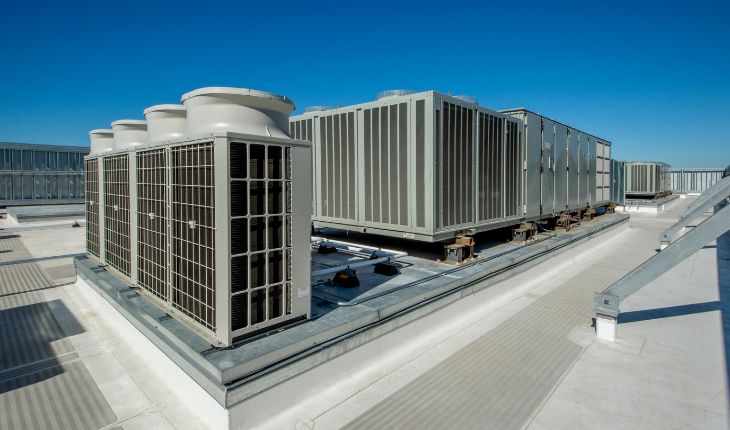
The India online food delivery market size reached a value of USD 7.4 billion in 2023, experiencing an impressive year-on-year growth of 100% over the past three years. This rapid expansion signals the increasing shift toward digital dining solutions and changing consumer preferences in the food industry. The market is poised for continued robust growth, driven by the convenience of online ordering, expanding smartphone penetration, and evolving food delivery platforms. In this blog, we will explore the market outlook, key dynamics, drivers, challenges, and growth prospects for the Indian online food delivery market between 2024 and 2032.
Market Outlook and Report Overview
The India online food delivery market is witnessing exponential growth, with a significant rise in the number of consumers using mobile apps and websites to order food from local restaurants and chains. The market is forecast to expand rapidly in the coming years, underpinned by increased disposable income, urbanisation, and the rise of food-tech platforms. The competitive landscape is evolving with both domestic and international players driving market dynamics.
According to recent market reports, the market growth rate remains strong due to an increasing number of tech-savvy consumers who prefer the convenience of ordering food online. In addition to food delivery apps, new models like cloud kitchens and subscription-based food services are contributing to the market’s expansion.
Market Size and Dynamics
The online food delivery market in India was valued at USD 7.4 billion in 2023 and is expected to continue growing at a rapid pace. The market is projected to witness a robust growth trajectory through 2024-2032 as more people, especially in urban areas, opt for food delivery services over traditional dining experiences.
Key Market Dynamics
Tech-Savvy Consumers: The rise in smartphone penetration and affordable internet access has made it easier for consumers to use food delivery apps like Zomato, Swiggy, and FreshMenu. With apps offering easy-to-navigate interfaces and secure payment options, consumer adoption has surged.
Changing Lifestyle Preferences: As urban lifestyles become busier, people increasingly prefer the convenience of having meals delivered to their doorstep. The demand for ready-to-eat meals is escalating, especially among professionals, students, and young working adults.
Rising Disposable Income: India’s expanding middle class and increasing disposable incomes are contributing to greater spending on dining out and ordering food online. This trend is especially evident in metro cities and tier-2 cities, where disposable income and consumption patterns are shifting.
Expansion of Cloud Kitchens: The growing popularity of cloud kitchens, also known as virtual kitchens, is one of the key developments in the Indian food delivery industry. These kitchens operate exclusively for food delivery, eliminating the need for expensive restaurant spaces.
Market Drivers
Increased Smartphone Usage: The widespread use of smartphones and high-speed internet across India has made online food delivery services accessible to a larger audience. As of 2023, India is home to over 600 million smartphone users, a significant portion of whom order food online regularly.
Food Delivery App Popularity: Major food delivery platforms like Zomato and Swiggy have revolutionised the food ordering process, offering a seamless experience with user-friendly interfaces, multiple payment options, real-time tracking, and promotional discounts.
Evolving Consumer Preferences: Indians are shifting from traditional dining out to ordering food online. Increased preference for fast food, home delivery services, and the rise of global food chains in India are pushing the demand for online food delivery services.
Government Support for E-commerce: The Indian government's push towards a digital economy and the growth of e-commerce have provided significant support to the online food delivery sector. The introduction of digital payment platforms and financial inclusion initiatives has played a pivotal role in shaping this market.
Key Market Challenges
Intense Competition: The online food delivery market in India is highly competitive, with several players vying for market share. Platforms like Zomato, Swiggy, and FreshMenu face intense competition, often resorting to deep discounting and promotions to attract customers.
Logistics and Delivery Challenges: Despite advancements in technology, food delivery logistics remains a significant challenge, particularly in rural areas and smaller cities. Timely deliveries, quality of food, and maintaining the temperature of hot food items during transportation are critical factors.
Regulatory Issues: With the rise in online food delivery, regulatory challenges regarding food safety standards, hygiene, and delivery standards are becoming more stringent. Platforms need to ensure compliance with these regulations, which can sometimes slow market expansion.
Segmentation of the India Online Food Delivery Market
The Indian online food delivery market is segmented based on platform type, end-user, and region.
By Platform Type:
Mobile Apps: A majority of the market is driven by food delivery mobile applications, which account for a large share due to their convenience and easy-to-use features.
Websites: Many consumers continue to use websites for food ordering, especially older demographics or those not accustomed to mobile apps.
By End-User:
Households: The household segment includes individuals ordering food for family meals. This segment is growing rapidly with more people opting for food delivery services for convenience.
Commercial: The commercial segment includes employees ordering lunch from online platforms during work hours. Companies are also adopting online food ordering services as part of employee welfare programs.
By Region:
Urban Areas: Metro cities like Mumbai, Delhi, Bengaluru, and Kolkata are the largest consumers of online food delivery, driven by a fast-paced lifestyle and an extensive number of food delivery platforms.
Tier-2 and Tier-3 Cities: The online food delivery market is expanding in tier-2 and tier-3 cities due to increasing internet penetration, rising disposable income, and improved infrastructure.
Recent Developments in the Market
Zomato and Swiggy have expanded their offerings by integrating cloud kitchens and subscription-based meal plans to enhance customer retention.
FreshMenu, a popular food delivery service, has partnered with several international brands to diversify its food offerings.
Curefoods India Pvt. Ltd., a company focused on healthy food delivery, has gained traction among health-conscious consumers.
FAQs
What is the current size of the India online food delivery market?
The market was valued at USD 7.4 billion in 2023.
What is driving the growth of the online food delivery market in India?
The rise of smartphone users, increasing disposable incomes, and changing consumer lifestyles are key drivers.
Which are the top players in the Indian online food delivery market?
Key players include Zomato, Swiggy, FreshMenu, Jubilant FoodWorks, and Yum! Brands.
How does the competition affect market dynamics?
Intense competition has led to significant promotions and discounting strategies, making customer acquisition challenging for new entrants.
What are the key challenges for the food delivery market in India?
Logistics challenges, competition, and regulatory issues are among the major hurdles.
What is the growth forecast for the Indian online food delivery market?
The market is expected to continue its robust growth in the coming years, with a significant increase in market size.













.jpg)
Write a comment ...